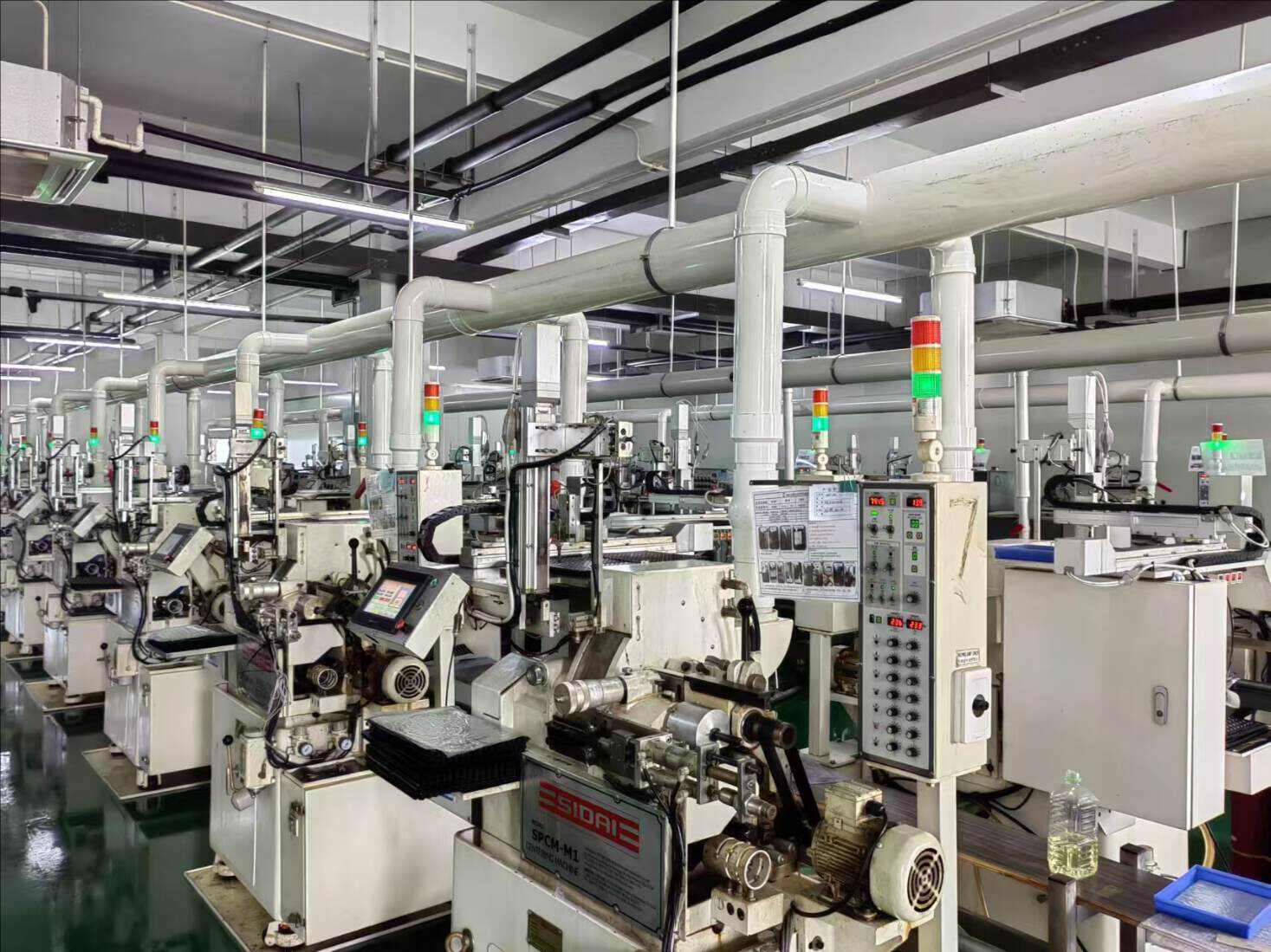Lens processing refers to the process of manufacturing and processing optical lenses, mainly involving the following processes:
Optical design: Before processing the lens, an optical design needs to be carried out to determine the physical parameters, optical structure and usage requirements of the lens. Optical design aims to achieve the required optical performance and imaging quality.
Glass material selection: Lenses need to use materials with good optical properties, such as optical glass. Choosing the right glass material is an important part of ensuring lens performance.
Cutting and grinding: According to the requirements of optical design, the selected optical glass is cut into the appropriate shape and size. Then, the cut optical components are processed into fine curved surfaces through grinding and polishing processes.
Precision machining: Through machining and grinding processes, optical components are precisely machined to achieve the required surface shape and optical accuracy.
Coating: In order to increase the light transmission performance and durability of the optical lens, it is necessary to coat the surface of lens. Coating can reduce reflection and scattering, improve the transmittance of the lens and the collimation of the light transfer beam.
Assembly and testing: The finished optical components are assembled, including lens assembly, calibration, and precise debugging. After the assembly is completed, rigorous optical performance testing is also required to ensure that the lens meets the design requirements.
These processes play a key role in the manufacturing and processing of optical lenses, ensuring their optical performance and imaging quality.
